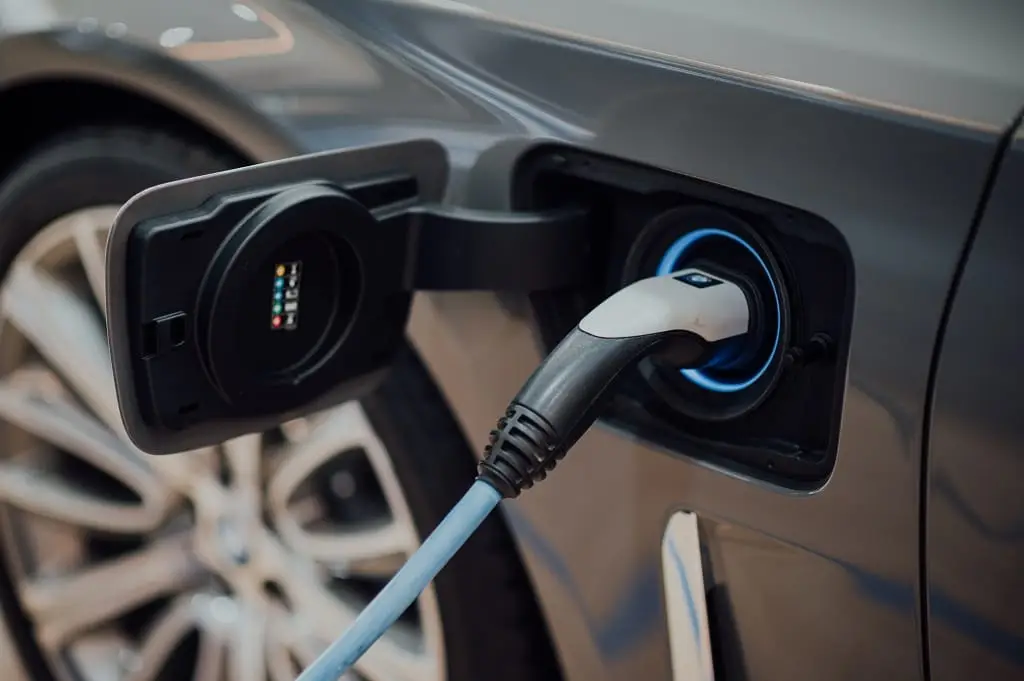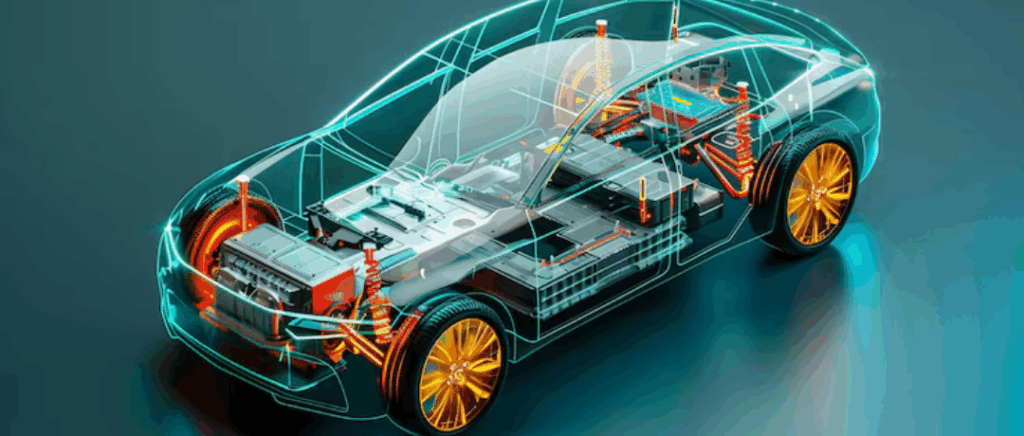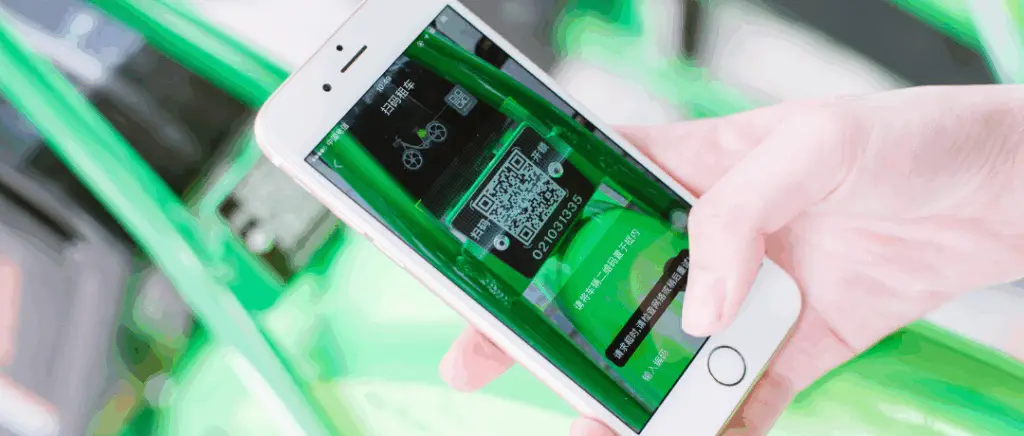Our experts answer your questions with a smile
Monday to Friday 9am - 12.30pm - 2pm - 7pm
How do you recharge your electric car?
Let's start with the most important thing of all: how do you recharge an electric car? You've come to the right place, Beev has already made a video on the subject. Thanks to this tutorial, you're going to become an expert in recharging your electric car!
Visit also our special page on charging points here.
What impact does the transport and consumption of electricity have on the climate?
Worldwide, the production of electricity and heat represents 25% in greenhouse gas emissions (GHG) and transport accounts for 14% of global GHG emissions (IPCC, 2014). In Europe, the proportions are similar, with electricity and heat production accounting for 29% of GHG emissions, and transport 19%.
In France, electricity production is very low in carbon (nuclear (70%), hydro (10%) and other renewables (10%)) and the industrial sector is more limited than in other industrialised countries, so these orders of magnitude are different: transport accounts for 29% of GHG emissions (half of which is for private cars), and The production of electricity and heat accounts for 11% of GHG emissions.
Using low-carbon electricity to reduce greenhouse gas emissions is therefore an appropriate way of combating climate change.
How can I reduce my electric car's CO2 emissions?
To ensure that electric vehicles reduce CO2 emissions as much as possible, 3 conditions must be met:
- obviously, the use of an electric vehicle must replace the use of a manual one. thermal vehicle (diesel if possible) and must always be fuel-efficient (give preference to car-pooling)
- vehicle production, in particular the batteryIt must use electricity and low-energy materials. carbon footprint
- the battery is recharged using low-carbon electricity, not fossil fuels
What is a green electricity supply contract?
With the liberalisation of the electricity market, many suppliers are offering green electricity supply contracts based on guarantees of origin, which commit the supplier to buying renewable electricity from the electricity grid by selling 'certificates' on the electricity markets.
However, these contracts do not encourage consumers to consume renewable electricity when it is actually produced. For example, a supplier can buy guarantees of solar origin and sell "certified" renewable electricity... at night.
This system makes it possible to finance renewable electricity generation plants. Greenpeace is proposing a ranking of these offers according to the transparency and origin of the guarantees of origin.which can be purchased in other European countries. Note that Greenpeace only ranks offers available at national level, without including small, highly virtuous local suppliers in the ranking.
It's OK to finance the transition with your electricity bill, but how to ensure that the electricity used to recharge your battery has the least impact ?
What impact does recharging electric vehicles have on the electricity system?
According to the various scenarios forecasting the penetration of electric vehicles by 2030, recharging batteries could represent an increase in electricity consumption of around 10% in Europe, particularly during peak periods at the end of the day (between 7pm and 9pm).
The problem is that basic low-carbon energies (such as nuclear or hydro) are often at 'full capacity' during peaks in consumption, and the production of renewable electricity depends on weather conditions (sunshine and wind).
When the variable renewable electricity generation (solar or wind) is more lowand that national consumption is at its maximum, excess electricity consumption is met in particular by fossil-fired power stationsThese are either produced in France, using coal or natural gas, or imported from neighbouring countries.
To ensure that the electric car delivers on its climate promises, it's important to recharge your electric vehicle when the carbon footprint of electricity is lower.
How do you use electricity at the right time?
There are many initiatives to help you use electricity at the right time to recharge your electric vehicle. We recommend adaptwhich already offers a solution for visualising the carbon footprint of electricity in real time and in forecasts (up to H+36) in several European countries (Germany, Belgium, France, and soon Italy).
Algorithms adapt are based on open-source data made available by the electricity network operator (RTE):
- national electricity consumption, current and forecast
- Variable renewable electricity generation (solar and wind) on a national scale, current and forecast
These two variables vary every day, depending on the weather (outside temperature, wind, sun, etc.) and human activity (daily or weekly peaks depending on lifestyle habits). So it's important to have an online tool that's regularly updated.
To speed up the adoption of EVs and ensure that they deliver on their climate promises, adapt and beev have formed a partnership to :
-
- A practical tool dedicated to smart charging that includes adapted data and algorithms, as well as energy-saving advice
- To provide an independent and free solution for current and future users of electric vehicles in Europe
Why recharge during off-peak hours?
- It's more environmentally friendly: if energy demand is smoothed out over the day, no more electricity will be needed for the grid
- It's safer: having several appliances plugged in at the same time increases the risk of your network tripping
- It's cheaper: You probably already know this, but energy suppliers encourage households to charge during off-peak hours to reduce their energy bills.
How can I recharge my electric car during off-peak hours?
It's as simple as that. If you have a wallboxYou can schedule recharging at the times you want. To maximise savings, it's important to choose your energy supplier carefully.
Good news! There are several offers specifically designed for owners of electric vehicles:
- Green Electric Auto from EDF offers preferential rates for owners of electric vehicles who charge during off-peak hours
- Elec'Car from ENGIE which also offers a preferential rate for customers who recharge at night. A 3-year commitment is required. The supplier guarantees green electricity through guarantees of origin.
- Green Mobility from Total Spring with a no-obligation offer and controlled prices for electric vehicle owners.
In total, you can save up to 50% on your energy bill without making any effort.
All these innovations will enable the grid to absorb the demand of future electric vehicles on the road. Numerous innovations are currently being developed, including vehicle-to-grid (V2G) technology, which will enable you to sell your electricity during peak consumption periods. After conclusive tests in several European cities, EDF has already announced that it will be deployingseveral devices for the French market through its subsidiary Dreev.
READ ALSO - Vehicle-to-grid (V2G): will electric cars be a source of energy?
MAIN SOURCES :
- Data on GHG emissions by sector :
- Intergovernmental Panel on Climate Change (IPCC), summary for decision-makers of the 2014 report (for the EU, European Environment Agency data, and for France, Commissariat Général au Développement Durable)
- The climate and energy challenges facing electric vehicles :
- RTE & Avere-France, The challenges of developing electromobility for the electricity system, 2019
- International Energy Agency, Global EV Outlook 2020
If you would like to find out more aboutsupport for the installation of charging points for private customers in 2024For more information, see our article on this subject.
































